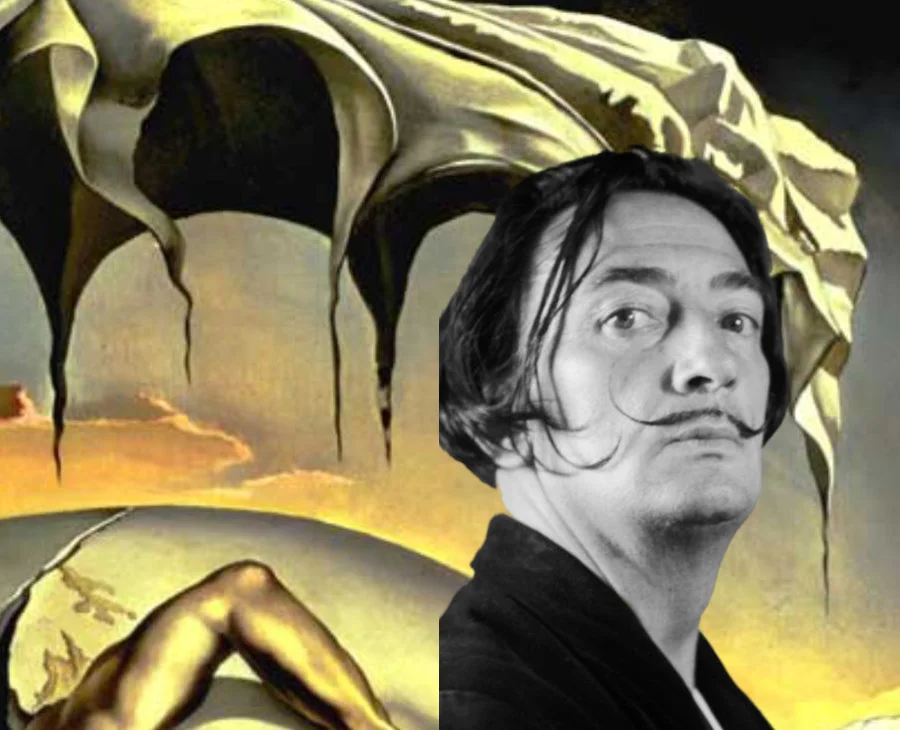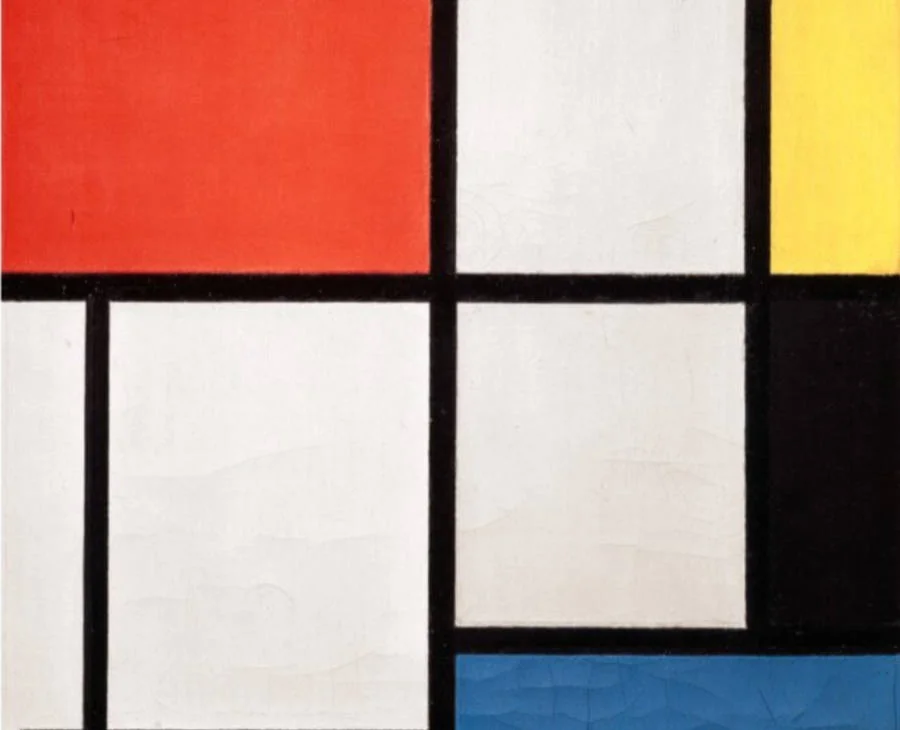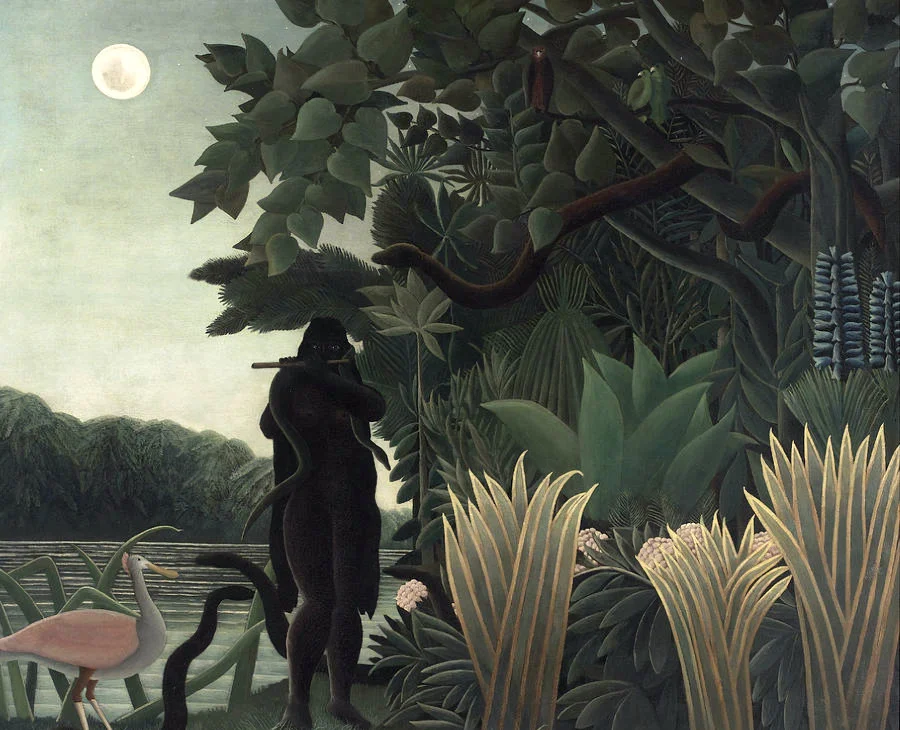The story behind the painting
American Gothic
The story behind the painting
American Gothic
Grant Wood’s painting ‘American Gothic’ is a fairly small painting measuring 78 x 65.3 cm. Completed in 1930 it was inspired by a visit to Eldon in Iowa, USA. The painting was heavily influenced by Flemish Renaissance painters such as Albrecht Durer and Jan Van Eyck.
Grant Wood
Grant Wood was born on his parents’ farm outside of Anamosa, Iowa, on February 13, 1891. The idyllic rural setting had a profound effect on Wood greatly influencing his later paintings. After his father died, around 1901, the family moved to Cedar Rapids. Wood attended the Minneapolis School of Design and Handicraft in 1910 and learnt to work with metal and jewellery. Numerous commissions were gained from paintings locally exhibited in department stores.
Grant Wood – Background
Grant Wood was born near Anamosa, Iowa, USA in 1891. His first job was working as an apprentice in a local metal works. In 1913 he enrolled at the Institute of art in Chicago. During the 1920s, Wood travelled to Europe and visited museums of France and Italy. After studying at the Académie Julian in Paris he returned inspired by Impressionism. A trip to Munich in 1928 introduced him to the 15th- and 16th-century German and Flemish masters.
Their realism and attention to detail amazed him. Impressionism was abandoned and ‘American Gothic’ the result of his newfound passion. ‘American Gothic’ brought him instant fame and provided the platform to promote Regionalism to new aspiring artists. However, the rise of abstraction in the 1940’s led to a decline in interest in Wood’s work. Between 1934 and 1941 he taught art at the School of Art in Iowa University. At the age of 50 in 1942 he died of cancer.
American Gothic
In August 1930, Grant Wood, drove around Eldon, Iowa, with a young local painter named John Sharp. He apparently noticed the Dibble House, the house in the painting, which is a small white house built in the Carpenter Gothic architectural style. It seems Wood stopped in front of the house and sketched the house on the back of an envelope.
The figures in the painting were modelled by Wood’s sister Nan Wood Graham and their dentist Dr. Byron McKeeby. The woman is dressed in a colonial print apron evoking 20th-century rural Americana. The man wears overalls and a suit jacket and carries a pitchfork. The plants on the porch also appear in Wood’s 1929 portrait of his mother, Woman with Plants. ‘ The paintings shows a farmer standing with his daughter, not his wife, as many believe.
American Gothic’ was first exhibited at The Forty–third Annual Exhibition of American Paintings and Sculpture at the Art Institute of Chicago in October 1930. Wood received a bronze medal and a prize of $300 after the Painting, a not inconsiderable sum for a struggling artist. The Art Institute of Chicago acquired the painting In November of that year. Grant Wood said he painted ‘American Gothic’ to extol rural American values, an image of reassurance during the onset of the great depression.
When the image appeared in the Cedar Rapids Gazette, a local paper, there was a backlash. Many local people were furious at their depiction as “pinched, grim-faced, puritanical Bible-thumpers”. Gertrude Stein wrote “We should fear Grant Wood. Every artist and every school of artists should be afraid of him, for his devastating satire.” It is probably the most parodied art work in American history.
Check out other American artists: Georgia O’Keeffe, Mary Cassatt and Andy Warhol





